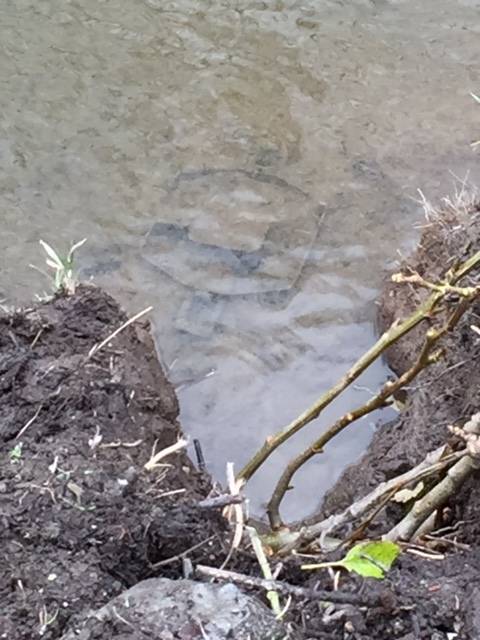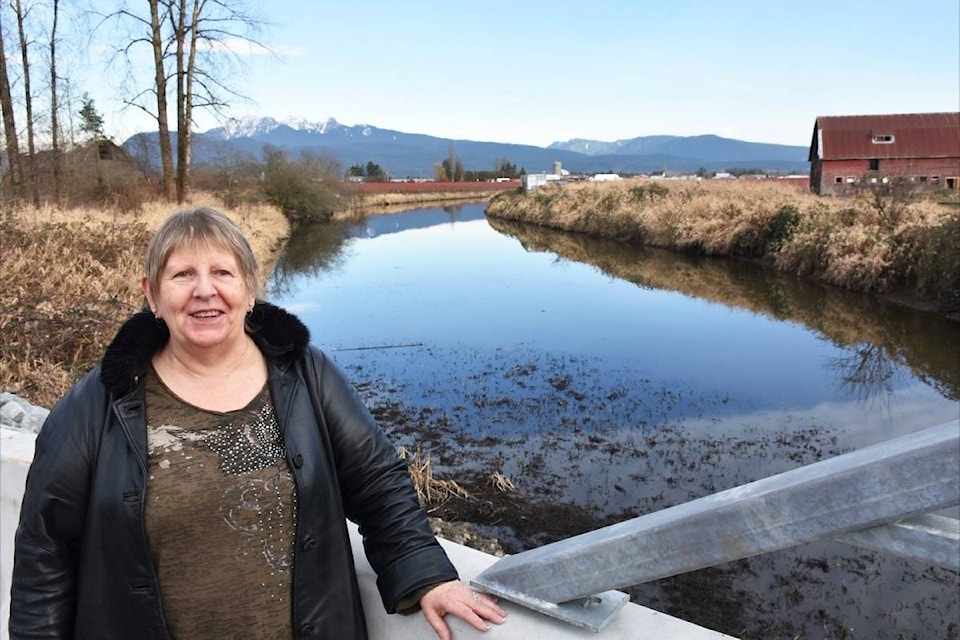Little by little, the Katzie Slough clean-up continues.
Now, a Pitt Meadows resident wants the city to take another step and try to find a friendlier way of dealing with an animal that’s been part of the nation for centuries.
Instead of trapping the beavers, who can dam up water flow in the slough, leading to flooding of nearby land, Jackie Campbell is asking the city to consider another option and pointing to a nearby neighbour as an example.
Port Moody is trying out a flow device or a pipe that will lower the water level near a beaver dam in Suter Brook Creek, by city hall.
The intent is to reduce the water level and force beavers to leave, or at least avoid flooding.
But it’s an interim step, Port Moody says on its website, and depending on how it works, it may or may not be part of Port Moody’s beaver management plan that promotes co-existence and alternatives to lethal methods.
Campbell acknowledges that such a device will take more time and effort.
“But this is where we want to go to be more wildlife friendly and safer,” Campbell said previously in a letter to the City of Pitt Meadows.
“Many groups and the Katzie [First Nation] are working hard to attract the public to the slough to appreciate and understand all it can be.”
Apart from the cost to beavers, which drown when a trap holds them underwater, Campbell is concerned about the safety of people and their pets along the slough.
“Wake up,” she said.
“The city will suffer the embarrassment of causing this danger to the public for using this tortuous method of stopping beavers. There are new ways to allow the dams to flow. We must learn to live with the wildlife around us.”
Jack Emberly, a local environmentalist, said modern technology is “finding ways to live with them … trying to find a better way, a more progressive way to work with wildlife.”
Pitt Meadows operations superintendent Randy Evans said that the city’s flat terrain makes it easy for flooding to occur.
He has asked if engineers would sign off on such flow devices or pipes, but none so far is willing to do so and risk liability from possible flooding.
Such pipes could easily clog up, which could lead to flooding, he added.
“The device, when I looked at them, they’re very specific for certain locations.”
He added that the city tries to discourage beavers by wrapping trees trunks in protective material and by demolishing beaver dams, often several times, in the hope that beavers will move on.
“Trapping is the last alternative that we use.”
The trappers the city hires closely monitor locations where traps are set, usually for a few days.
The fact that the trap is underwater also helps minimize the risk to dogs or people.
“They’re very careful how they do this. They’ll monitor it constantly.”
He said that beavers are in all of the city’s water systems and in addition to causing flooding can cause expensive damage to dikes from tunneling. Two or three repairs to the Pitt River dike cost the city about $50,000, he added.
He didn’t have statistics on the number of beavers that were trapped in a year.

